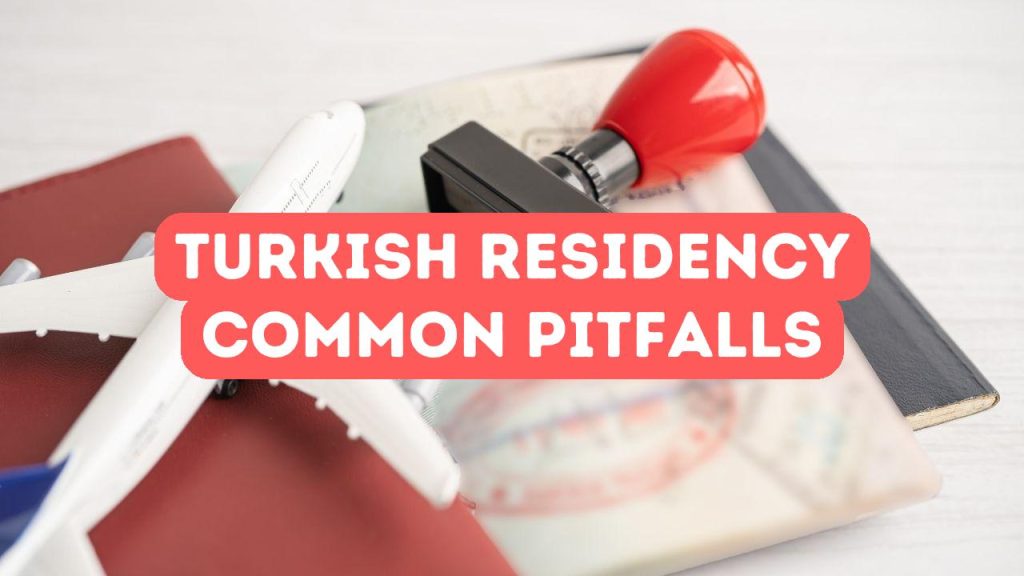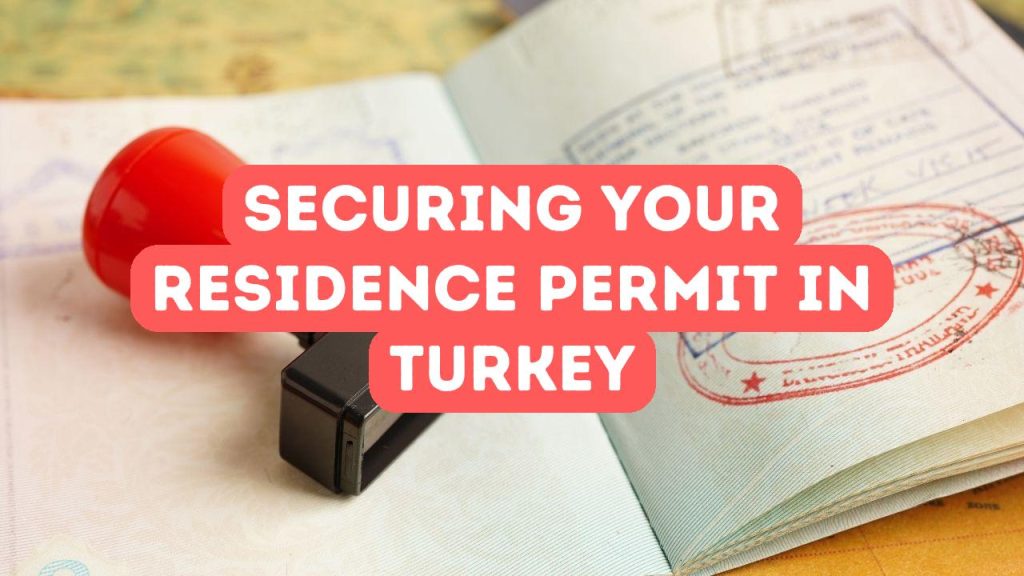Efficient Navigation Through Turkey’s Transit System
Efficient navigation through Turkey’s transit system starts with a solid understanding of its core components and how they interconnect. In cities like Istanbul, Ankara, and Izmir, the metro and tram networks form the backbone of public transportation, with frequent services streamlined through technological integrations like smart cards and mobile apps. Riders can plan their routes in advance using apps such as ‘IBB CepTrafik’ for Istanbul, which provide real-time updates on departures, line maintenance, and delays. This integration facilitates seamless transfers between different modes of transport, such as from the metro to the city’s buses, dolmuş (shared taxis), or ferries, ensuring that commuters can reach their destinations by the quickest and most convenient means available. By engaging with these digital tools and understanding the scheduling patterns—such as peak hours that may require early departures or allow for off-peak fare discounts—travelers can optimize their itineraries and experience Turkish public transport as locals do.
Navigating Turkish public transport also entails leveraging the expansive bus network, which complements the rail systems by covering areas the latter can’t reach. Various bus types, ranging from municipal buses to private minibuses, operate with different pricing structures and boarding procedures. To navigate this diversity, it’s vital to acquaint yourself with the specific bus lines pertinent to your journey, available at local stations or online. Payment is typically made with the same smart card used for metros and trams, such as Istanbulkart in Istanbul, and exact change is not a requirement. Clear signage and announcements inside the buses, along with apps that track their routes, aid passengers in identifying their stops. Nevertheless, it’s advisable to stay alert and consult with the driver or a fellow passenger if uncertainty arises, as this personal interaction can often lead to invaluable guidance and even local recommendations that enrich your travel experience.
In the dynamic landscape of Turkish public transport, ferries and sea buses offer a unique and scenic route across the country’s vast waterways, particularly in coastal cities like Istanbul. With services connecting the European and Asian sides, as well as offering picturesque views of the Bosphorus, travelers not only commute efficiently but also enjoy a quintessential part of Turkey’s cultural fabric. For those planning to venture beyond urban centers, regional trains and intercity buses provide comfortable and economical travel options, immersing passengers in the picturesque countryside. By utilizing comprehensive timetable resources such as the TCDD (Turkish State Railways) website for trains, or enlisting help at bus terminals for intercity routes, explorers can seamlessly extend their journey from city streets to rural landscapes. As you master the intricacies of Turkey’s public transport, remember that each leg of your journey not only takes you to a new destination but also weaves you deeper into the rich tapestry of Turkish life and landscapes.
Mastering Multimodal Travel in Turkey
Embracing the multimodal nature of Turkey’s public transport is key to a streamlined travel experience. With options ranging from the high-speed YHT trains connecting major cities, to the iconic yellow dolmuş minibuses that offer a local touch, it’s essential to understand how these modes interconnect. Planning ahead is crucial; apps such as ‘Trafi’ or ‘İstanbulkart’s mobile counterpart will be your digital companions, laying out the fastest routes and providing real-time updates. While major cities like Istanbul and Ankara boast integrated ticketing systems allowing transfers between buses, metro lines, and ferries with a single card, smaller towns may require cash payments or their own unique tokens. Getting accustomed to these differences will enable you to transition smoothly from the serenity of a ferry crossing the Bosphorus to the electric pace of the metro, all within a single journey.
When venturing beyond city limits, buses are the workhorses of intercity travel, connecting remote locations where trains and planes don’t reach. Comfort levels and prices vary, with luxurious coaches offering WiFi and refreshments paralleling the more economical options. Timetables are often dense during the day with diminishing frequencies late at night, so aligning your schedule with the bus routes is advisable. It’s also worth noting that regional travel may sometimes involve smaller, private-operated minibuses or ‘dolmuşlar’ that run on fixed routes but without a set timetable, departing only when full. These provide an authentic glimpse into the daily life of Turks and are an affordable way to traverse shorter distances. Remember to keep some change handy, as these rides typically don’t accept transportation cards.
In the bustling metropolis of Istanbul, the maritime leg of your journey unveils a scenic route through its historical waterways. The integrated system enables you to hop on the ‘vapur’ ferries for a tranquil voyage across the continents, with the swipe of your Istanbulkart. As you switch seamlessly from land to sea, the beauty of the Turkish landscape unfolds before you, offering a picturesque commute unlike any other. For those preferring a cycling interlude, bicycles are accommodated on certain ferries, allowing for a unique combination of pedal power and nautical travel. In this multifaceted travel landscape, embracing the full spectrum of Turkish public transport not only ensures efficiency and savings but also becomes a part of the adventure itself, enriching your travel story with every mode you choose.
Unveiling the Intricacies of Turkish Public Transportation
At the heart of Turkey’s transportation matrix lies a multi-layered system consisting of municipal buses, metro, minibuses (dolmuş), trams, ferries, and funiculars, each with its own set of rules and peculiarities. The city buses, identifiable by their distinctive colors and logos, operate extensively within urban areas, offering an economical way to traverse the cityscape. Intracity travel can be further streamlined using the metro and tram networks that promise a quicker, albeit sometimes crowded, passage through the arterial routes beneath and above the bustling city life. Understanding the routes and schedules demands a bit of research, often simplified by user-friendly apps and digital kiosks conveniently located at stations. Visitors are encouraged to embrace this diversity in public transit options, as it typically provides a vivid cross-section of Turkish society and an opportunity to experience the culture from a local’s perspective.
For seamless integration into the Turkish public transport system, the Istanbulkart becomes an indispensable tool, functioning as a reloadable travel card that is accepted across virtually all modes of transport in the metropolis. While similar smartcard systems exist in other cities, the Istanbulkart offers the advantage of steep discounts and the elimination of the need to purchase individual tokens or paper tickets. Diving into ferry services reveals the unique charm of crossing the Bosphorus or reaching outlying islands, providing not just transport, but a scenic excursion offering breathtaking panoramic views of the city’s skyline. Meanwhile, the nostalgic tramways and the modern funiculars offer quick and picturesque connections in areas like Istanbul’s historical Taksim and the steep slopes around Galata and Kabataş, stitching together diverse neighborhoods with both efficiency and character.
Navigating Turkish public transportation extends beyond the urban labyrinth and into the regional connectivity that ties the expansive country together. Intercity bus services and railways provide a comprehensive network reaching even the most secluded destinations, where the romance of travel is punctuated by scenic landscapes and local interactions. The newer high-speed trains, such as the YHT servicing routes between major cities like Ankara, Istanbul, and Konya, complement the long-haul bus journeys, offering time efficiency and comfort. With schedules and booking accessible online and at station terminals, planning ahead is advisable especially during peak travel times like holidays and summer months. This broader transit framework not only bolsters the accessibility of Turkey’s diverse wonders, but also reflects the nation’s commitment to merging tradition with modernity in its transportation ethos.






